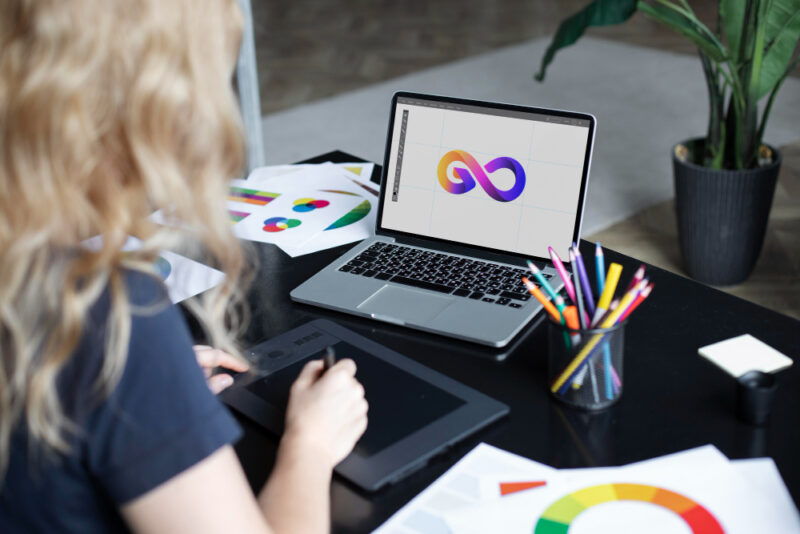In the world of branding and design, logos play a pivotal role in establishing a company’s identity and creating a lasting impression. One of the key elements that designers often incorporate into logos is symbols. Symbols have the power to convey complex ideas, evoke emotions, and leave a memorable mark on the audience. However, using symbols effectively requires a deep understanding of their meanings, cultural significance, and design principles. In this article, we will explore the art of using symbols correctly when crafting a logo that resonates with the intended message and target audience.
- Understand the Symbol’s Meaning and Context: Before integrating a symbol into a logo, it’s essential to thoroughly comprehend its meaning, history, and cultural connotations. Symbols can carry diverse interpretations in different cultures and contexts, so a symbol that holds positive significance in one culture might have a completely different meaning in another. Research and analyze the symbol’s associations to ensure it aligns with your brand’s values and message. Turbologo is not just a logo maker; it’s a comprehensive tool for your branding needs.
- Research Cultural Sensitivities: Symbols often draw from cultural, religious, or historical references. When using symbols from different cultures, it’s crucial to be sensitive and respectful. Avoid appropriating or misrepresenting symbols that hold deep cultural significance to avoid offending or alienating your audience. Conduct thorough research and consult experts if necessary to ensure that your usage is appropriate and respectful.
- Keep Simplicity in Mind: Effective logos are often characterized by their simplicity. When incorporating symbols, strive for a clean and straightforward design that captures the essence of the symbol without overwhelming the viewer. Cluttered or overly intricate designs can dilute the impact of the symbol and make the logo less memorable.
- Balance Between Symbol and Text: Logos typically combine symbols with typography to create a well-rounded visual identity. Achieving a harmonious balance between the symbol and accompanying text is crucial for a cohesive and visually appealing logo. The text should complement the symbol and enhance its message, rather than competing for attention.
- Test Scalability and Versatility: A successful logo is one that can be effectively reproduced across various mediums and sizes, from business cards to billboards. Test the symbol’s scalability and versatility to ensure it remains recognizable and impactful, regardless of its size. A symbol that loses its clarity when scaled down or becomes overly intricate may not translate well across different applications.
- Consider Future Growth: As your business evolves, your logo should be able to adapt without losing its core identity. Symbols that are too tied to a specific time or trend may become outdated quickly. Choose symbols that can evolve alongside your brand and accommodate future growth and changes.
As you embark on your logo design journey, remember that each symbol holds a unique story, a rich tapestry of meanings woven into the fabric of culture and history. By delving into the depths of these symbols, understanding their significance, and carefully incorporating them into your logo, you have the power to create a visual masterpiece that speaks volumes about your brand’s identity and values.
Ultimately, the successful use of symbols in logo design requires a delicate balance between tradition and innovation, culture and context, simplicity and complexity. As you navigate this creative process, always keep your audience at the forefront of your mind. Craft a logo that not only resonates with your brand’s essence but also captures the hearts and minds of those who encounter it.
So, whether your symbol is a timeless emblem of tradition or a modern representation of change, let it be a beacon that guides your brand forward, symbolizing its purpose and aspirations. With the right approach, a symbol within a logo can transcend mere design and become a potent emblem of your brand’s identity, leaving an indelible mark on the world.
In the realm of logo design, symbols are not just ink on paper; they are the bridges that connect brands to people, forging bonds that last a lifetime. So, go forth with inspiration, respect, and a keen eye for detail, and let your symbols tell a story that resonates with generations to come.










